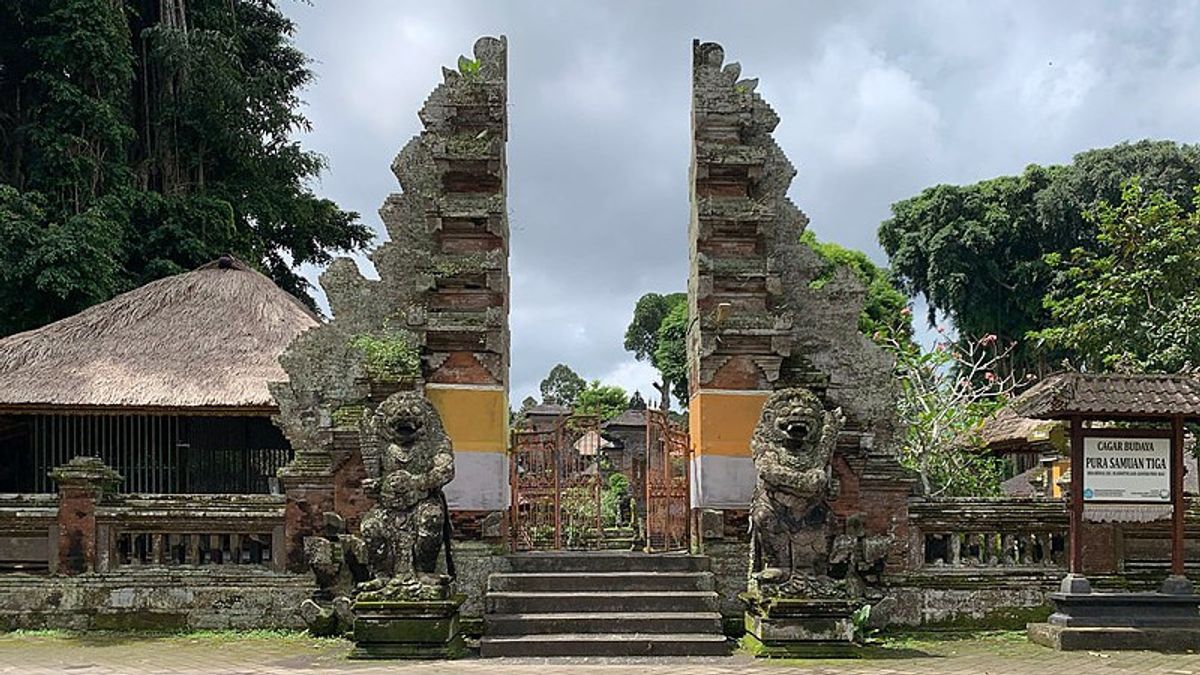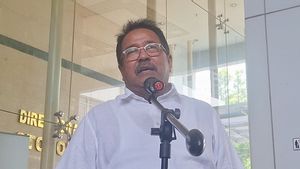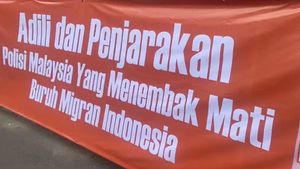YOGYAKARTA Pura Samuan Tiga is a cultural heritage site that is still heavily guarded by the Balinese people. Apart from being used as a place of worship, not a few people came to this place to see the historical traces of Samuan Tiga Temple.
In the past, Samuan Tiga Temple was once used as a place of peace for sects whose traces can still be seen today.
So, what is the history of Samuan Tiga Temple? Let's look at the full information below.
Samuan Tiga Temple was hit in Bedulu Village, Blalahbatuh District, Gianyar Regency, Bali. This temple witnessed the silentness of the meeting of leaders to resolve the issue of sects at that time.
According to the journal of Nirwasita, University of PGRI Mahadewa Indonesia, during the ancient Bali era, there were nine Hindu sects, namely Pasupata, Badminton, Siwa Shidanta, Waisawa, Bodha, Brahma, Resi, Sira, and Ganapatya.
Each sect in Bali has an orthodok concept of worship, i.e. by worshiping large trees, large stones, and big winds.
At that time, each sect debated their respective beliefs. This condition caused a commotion and division between sects.
To reconcile the nine sects, the then ruling king, namely Raja Udayana and Ratu Mahendradata or Gunapriya Dharmapatni, brought Mpu Kutuan to Bali.
SEE ALSO:
Mpu Kutuan is expected to come to Bali in 845 masehi. He was then assigned to lead a meeting between sect leaders so that the atmosphere in Bali became peaceful.
Furthermore, the sect leaders were united at the Mount Goak Temple (the initial name of Samuan Tiga Temple) and resulted in a positive decision.
Mpu Kutuan has the idea of establishing Kahyangan Tiga Temple with the concept of Pakraman village in Bali. This temple consists of two words, namely Kahyangan which means a holy place and three which means three.
Thus, Kahyangan Temple can be interpreted as three holy places which are finally connected with the Trimurti concept consisting of Dewa Brahma (Village Village), Dewa Wisnu (Pura Puseh), and Dewa Siwa (Pura Dalem).
Since then, Pakraman village or traditional village has been sanctioned by the three of them as a symbol of the unity of the Balinese people.
Over time, Mount Goak Temple officially changed to the name of Samuan Tiga Temple. Samuan has the meaning of a meeting, which became the forerunner of the unity in Bali and recalled the events of the meeting between the nine existing sects.
Samuan Tiga Temple has three pages, namely the main, middle and side (jaba). On the main page, there are seven mandala or pages known as Sapta Loka.
This temple is divided into three because there is another temple in Samuan Tiga and given pages. Even though it is divided, the levels used still use the principles of Bhur, Bwah, and Svah.
In addition to being used as a place of worship, Samuan Tiga Temple is also used as a tourist spot. This temple is one of the cultural heritage sites covered by the Bali Province Cultural Heritage Preservation Center.
Tourists who visit this place usually want to see some of the existing relics, such as rockgores.
This gored stone used to be a tool to hone sharp weapons. In addition, there is a myth that if the canang or flower placed on a rockgores can suddenly disappear.
Not only that, the uniqueness of the architecture and structure of the temple building is also a relic of Samuan Tiga Temple which invites tourists to visit.
This is information about the history of Samuan Tiga Temple. Hopefully this article can add insight to the loyal readers of VOI.ID.
The English, Chinese, Japanese, Arabic, and French versions are automatically generated by the AI. So there may still be inaccuracies in translating, please always see Indonesian as our main language. (system supported by DigitalSiber.id)

















